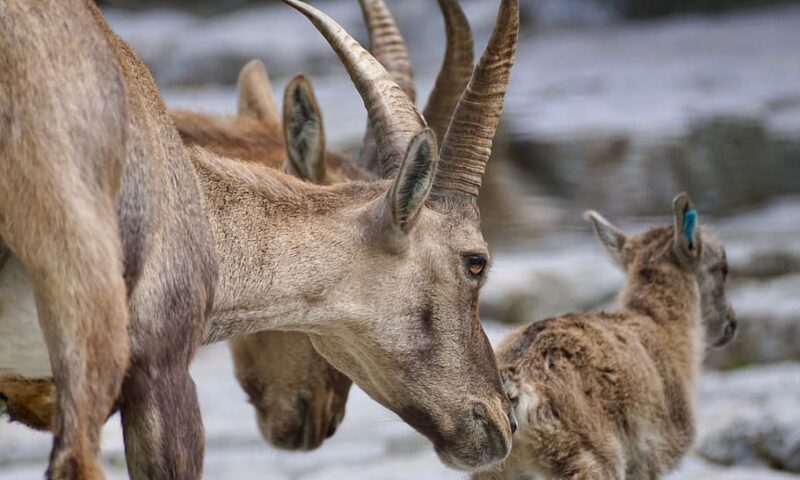With more than 10,000 km of slopes, France has many ski areas, bringing many tourists to its slopes every year. However, these snow sports enthusiasts have a real impact on the environment, both on the fauna and the flora. With the French government’s decision to close the ski lifts, the mountains remain in danger – walkers and sports enthusiasts are now encroaching on territories that were previously preserved.
The rapid development of French resorts
Every year in France, around 8% of the population enjoys the pleasures of skiing and snowboarding on the country’s 10,000 km of slopes. However, being able to combine sport and mountains at a cost, which is not only financial.
Faced with high demand, nature has had to “adapt” to human needs. From the 1960s onwards, the increase in the number of skiers led to the search for new ski areas and the development of existing ones. New resorts were built “ex nihilo”, such as Tignes, Avoriaz and La Plagne. The same is true in other countries such as Switzerland, with different variations in the choice of land and the urban characteristics of the resorts.
As a result, development is occurring very rapidly, to the point that at the end of the 1980s, France was the country with the most resorts, with a total of more than 400. Thereafter, the various areas continued to develop with “satellite stations” or with interconnections between the various stations of large massifs.
A strong ecological footprint
This strong urbanisation has not been without consequences for nature. The systems necessary for the proper functioning of the resorts are very energy-intensive: every year, 800,000 tonnes of CO2 are emitted by the French resorts, 57% of which is linked to the ski lifts.
The clearing of land to build ski areas (buildings, ski lifts, ski slopes, etc.) has largely contributed to the deterioration of natural resources. As a result, the fauna already present has been forced to take refuge further away, which explains why animals are rarely seen around the resorts.
Another important element in the increasing scarcity of fauna, and more generally in climate change, is the use of artificial snow. Indeed, climate change has led to a scarcity of snow in some places, which implies the use of about 95 billion litres of water in order to snow the Alpine slopes. The water used is mainly taken from nearby lakes and rivers, which greatly affects aquatic life in mountain areas.
Covid + tourism = endangered wildlife ?
Lacking the possibility to use the ski lifts, mountain lovers in need of nature have therefore turned to other activities than downhill skiing. The coronavirus epidemic has therefore drastically increased the demand for snowshoes and other fun and sporting mountain equipment.
By developing other activities such as snowshoeing or hiking, some areas are more visited, which creates a real danger of nuisance for the fauna already present.
Tourists explore areas that are usually “preserved”, far from the general public.
The major risk is the lack of knowledge of mountain tourists, both in terms of the disturbance caused to species and the risks of avalanches and the dangers of snow cover.
Simple gestures to adopt in order to preserve nature
There are, however, solutions for coexisting with nature. Professionals insist on the basic rules in order to preserve the fauna when practising mountain activities :
– Silence in protected areas so as to be able to observe the fauna discreetly and understand the natural spaces without disturbing them.
– Stay in the tracks already made so as not to disturb the ecosystem, but also to avoid getting lost.
– Calling in specialists or mountain guides
The stakes are therefore multiple, even more so during the Covid period, in order to minimise impacts on wildlife.
Finally, our MountaiNow application enables you to actively participate in wildlife conservation during your mountain activities. You can easily add observations of animal tracks, in order to inform about the presence of animals on your route. You can also find out about wildlife protection sites via the interactive map (add the layer “protected sites”) in order to better avoid them during your walks and hikes, see example below.

By Baptiste Guillemin

